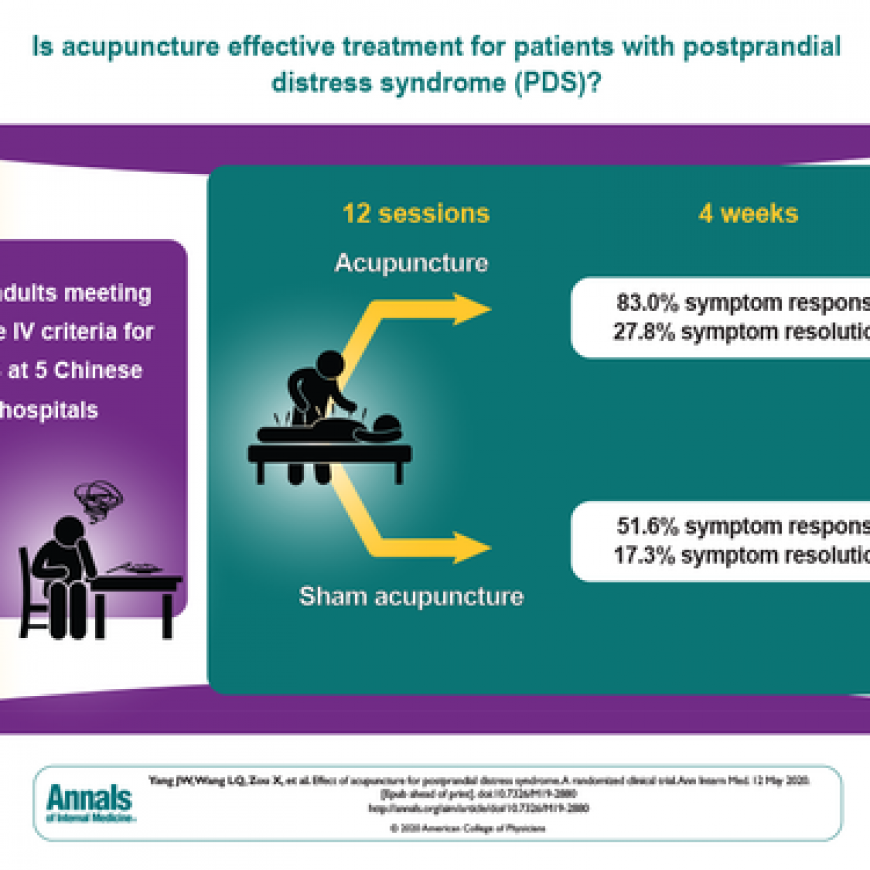The two recently published papers stand out this month. They are the Cochrane Reviews on the impact of follicular flushing during egg retrieval in assisted reproductive techniques (ART), and the review of research into metabolomics for improving pregnancy outcomes in women undergoing ART.
- Follicular flushing is sometimes performed after follicular aspiration (egg retrieval using a needle) under transvaginal ultrasound guidance as part of IVF. Follicular flushing involves flushing the follicle with an embryo culture media before the egg is retrieved. It was not known whether follicular flushing following aspiration results in a larger number of eggs and therefore greater potential for pregnancy than aspiration only. The Cochrane Review by Georgiou looked at 10 studies involving 928 women. They found that ‘follicular flushing probably has little or no effect on live birth rates compared with aspiration alone’. There was no significant difference with the number of eggs retrieved and the number of embryos frozen. There was ‘probably little or no difference in the clinical pregnancy rate’.
- The second Cochrane Review by Siristatidis looked at the results of studies into the effects of metabolomics on pregnancy outcome in women undergoing ART. Metabolomics is a non-invasive method to assess egg quality, embryo viability, and endometrial receptivity, and it may facilitate a targeted fertility treatment. They looked at four trials involving 924 women. They believed that ‘if the rate of live birth or ongoing pregnancy was 36% in the non-metabolomic group, it would be between 32% and 45% with the use of metabolomics’. Overall, the authors concluded that in women undergoing ART, there is no evidence to show that metabolomic assessment of embryos before implantation has any meaningful effect on rates of live birth, ongoing pregnancy, miscarriage, multiple pregnancy, ectopic pregnancy or foetal abnormalities.
A couple of very interesting studies have been published regarding the effects of the environment on fertility.
- The first is a Chinese study (Xue et al. Environ Pollut 2018;235:497–504) looked at the effect of ambient exposure to fine particles on fertility rates, and found that fertility rates significantly decreased when the amount of fine particles increased (2.0% reductions per 10 μg/m3 increment of fine particles).
- Another study compared IVF rates in people living in rural or urban areas (Kunicki et al. Ann Agric Environ Med 2018;25:120–123). The mean age of the patients living in large cities was significantly higher compared with those from rural areas and small towns. A significantly higher pregnancy BMI was found in women from rural areas in comparison to the women living in small and large towns. Importantly, they found no significant difference in IVF outcomes among people living in rural areas, small and large cities.
- Another interesting study found that there are seasonal variation in sperm with fluctuations observed around temperature and daylight hours. The study of 5131 men by Santi (Environ Pollut 2018;235:806–813). Sperm number was lower in summer/autumn when the amount of daylight hours was higher. Air pollution in the form of fine particles was shown to have a negative effect on sperm quality.



Add Comment